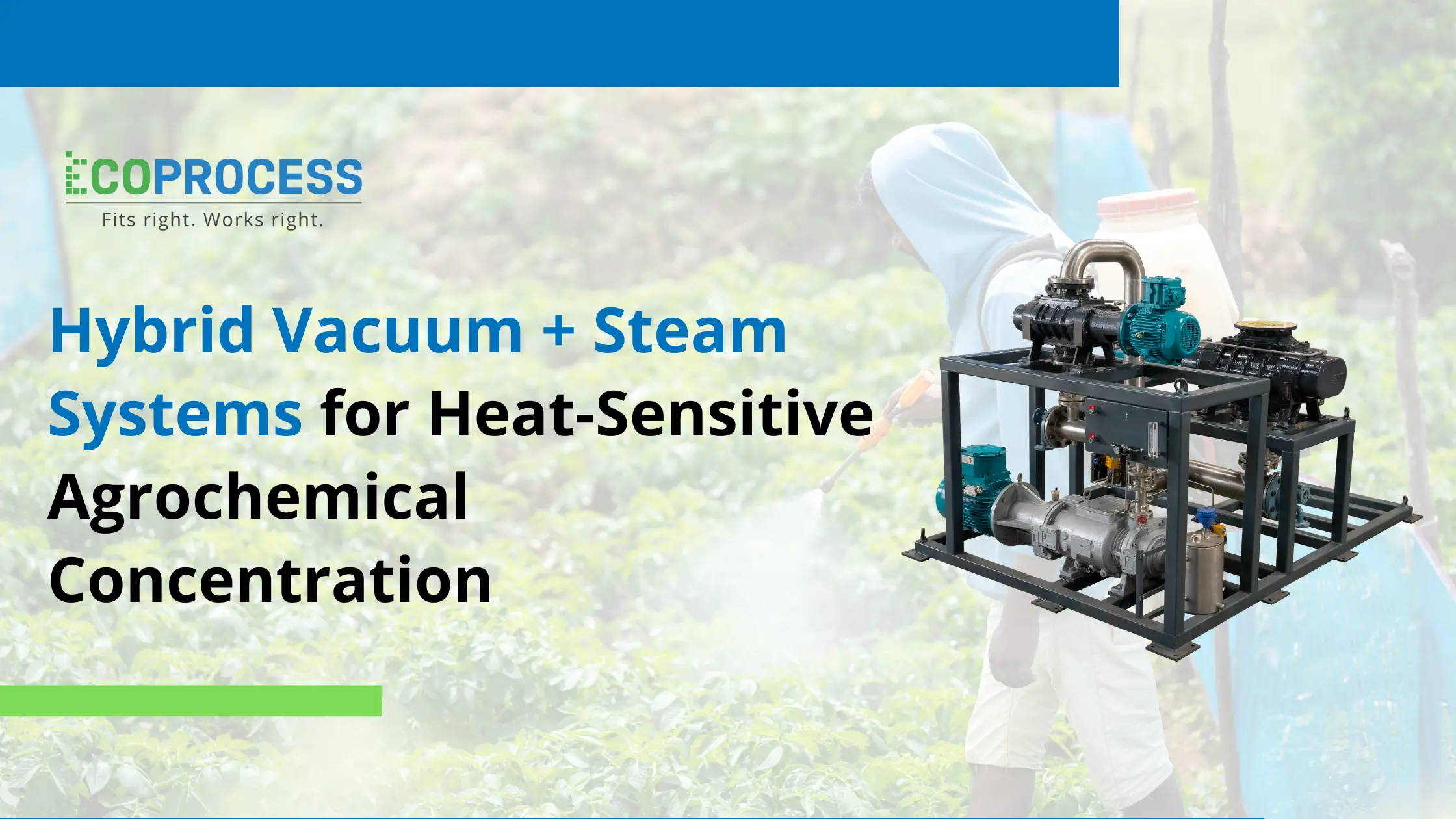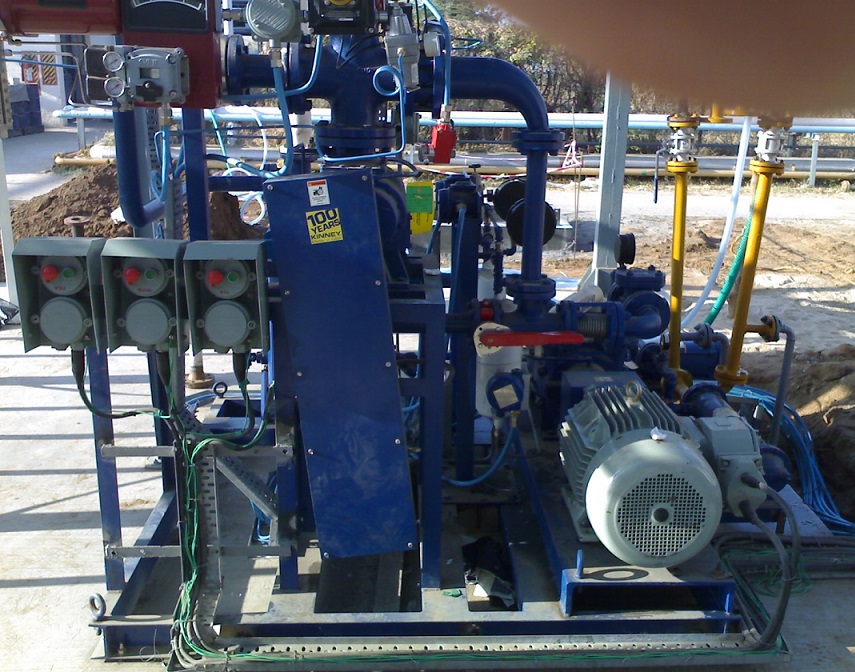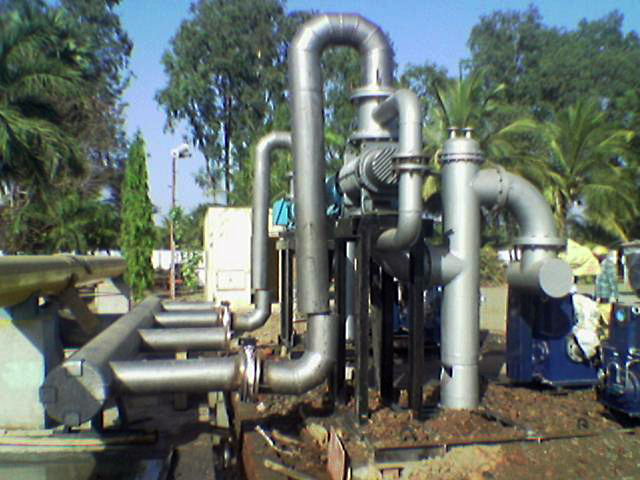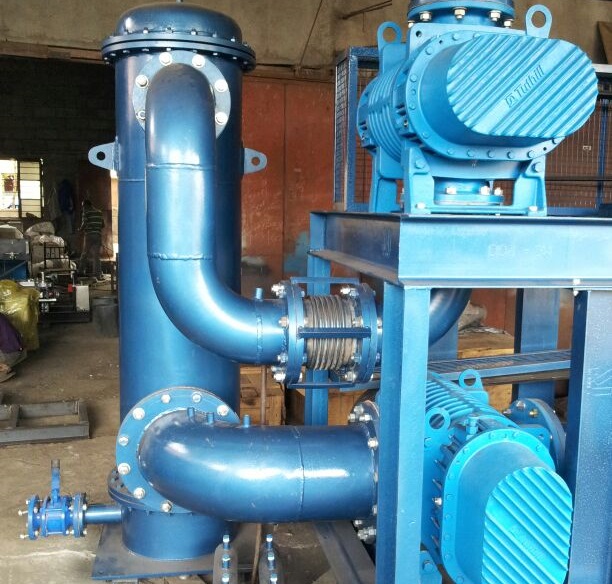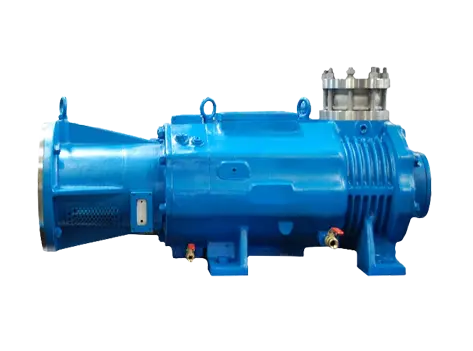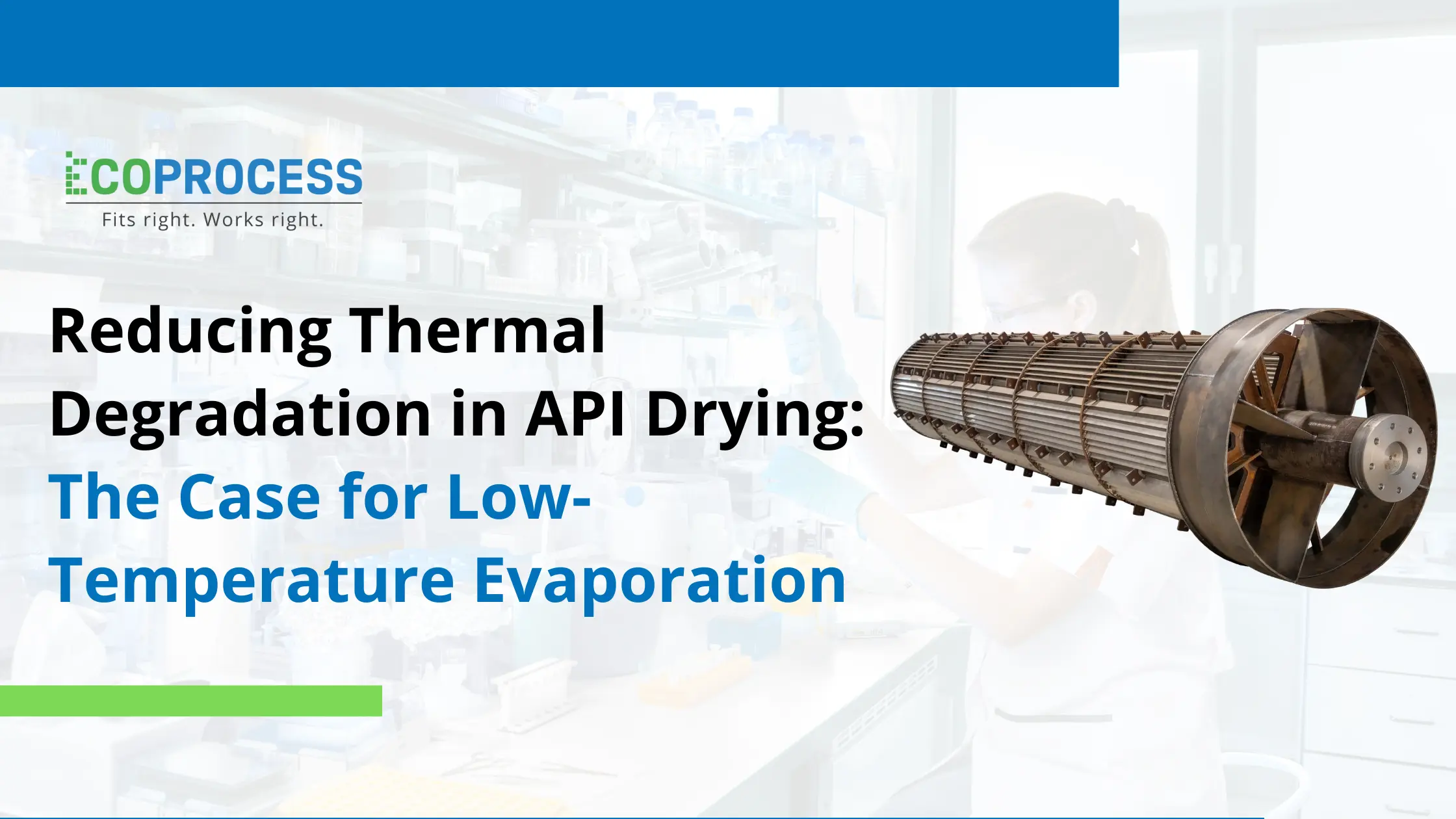
Reducing Thermal Degradation in API Drying: The Case for Low-Temperature Evaporation
In pharmaceutical manufacturing, the drying of Active Pharmaceutical Ingredients (APIs) is a crucial step that directly affects product quality, stability, and yield. However, traditional high-temperature drying techniques can lead to thermal degradation, the breakdown of heat-sensitive molecules that compromises potency and performance.
To overcome these challenges, manufacturers are increasingly adopting low-temperature evaporation under vacuum. This method enables efficient moisture removal while maintaining the chemical and structural integrity of APIs.
This article explores the mechanisms of thermal degradation, the advantages of vacuum-based drying, and the key design principles for optimizing vacuum evaporation systems in pharmaceutical production.
API Drying and Thermal Degradation
APIs are tricky little molecules most of them are organic and have these really complex structures that don’t handle heat very well. When they’re dried using common systems like tray or spray dryers, too much heat for too long can cause them to break down, oxidize, or just lose strength.
Why Thermal Degradation Happens
-
Too Much Heat: When the material stays hot or exposed to air above its safe temperature, it starts to fall apart.
-
Oxygen Trouble: If oxygen gets in during drying, it reacts with the compound and changes its chemistry.
-
Moisture Issues: Some APIs hang onto moisture, and that trapped water can make heat damage worse.
-
Long Drying Times: The longer the drying process, the higher the chance of unwanted changes or impurities forming.
What It Does to the Product
When this degradation happens, the compound itself isn’t the same anymore; it might not dissolve as well, look different, or lose its stability. In some cases, the drug might even fall short of pharmacopeial standards. Keeping drying efficient but not too hot is key if you want consistent API quality.
The Need for Low-Temperature Solutions
In pharma manufacturing, more engineers are switching to low-temperature drying systems, especially when working with heat-sensitive compounds that don’t handle high temperatures well. By using vacuum conditions, the boiling point of moisture or solvents drops a lot, which means you can dry materials at much lower temps, sometimes even under 60°C for water.
Why This Method Works So Well
-
Prevents Breakdown: The gentle heat keeps the molecules stable and cuts down on oxidation.
-
Cleaner Product: Fewer impurities form, and leftover solvents stay minimal.
-
Energy Saver: Lower heat means less power used, which adds up fast in production.
-
Better Yield: Since the process is so mild, you keep more of the active compound intact.
-
Meets GMP Standards: The closed setup keeps things clean and compliant.
Overall, vacuum-assisted, low-temperature evaporation hits the sweet spot of efficiency, scalability, and protection of your product’s quality.
Vacuum Evaporation as a Pharma Enabler
Vacuum evaporation systems work by running under pressures lower than the atmosphere, which makes liquids boil at much lower temperatures. That’s the big trick, you can dry or concentrate materials gently without overheating them, and the process still moves moisture out efficiently.
How It Actually Works
-
Vacuum Applied: Reducing pressure drops the boiling point, so even tough solvents start to evaporate sooner.
-
Gentle Heat Added: Just enough warmth is used to push evaporation along without breaking down sensitive compounds.
-
Vapors Collected: The vapor that forms is cooled and condensed so it can be reused or recovered.
The Main Systems You’ll See
-
Falling Film Evaporators: Great for delicate materials that need quick drying, the liquid spreads out thinly and doesn’t stay hot for long.
-
Agitated Thin Film (ATFE/ATFD): Perfect when you’re working with thick mixtures or slurries; the constant motion keeps drying even.
-
Rotary Vacuum Dryers: Usually found in smaller batches where keeping the product consistent really matters.
You’ll see these systems a lot in API production, especially with antibiotics, vitamins, and other complex organic compounds that can’t handle heat for long.
System Design Considerations
To get the best results from a low-temperature evaporation system, you’ve got to design it around what the API and solvent actually need, there’s no one-size-fits-all setup here. Everything from pressure to materials plays a part in keeping the process efficient and stable.
What Really Matters in the Design
-
Operating Pressure: Most systems run somewhere around 50 to 100 mbar, which lets you evaporate at just 40–60°C.
-
Heat Source: Steam or hot-water jackets work well, but temperature control is key — even a small hotspot can cause problems.
-
Build Materials: Stainless steel or glass-lined parts are usually the go-to options to avoid unwanted reactions.
-
Vacuum Pump: You need a reliable pump, like a liquid-ring or dry-screw type, to keep the vacuum steady without pulling in contaminants.
-
Automation: Modern PLC controls make it easier to monitor temperature, pressure, and flow so the system stays repeatable from batch to batch.
Staying Safe and Compliant
The whole setup has to follow GMP or cGMP rules that means validated cleaning, strong data records, and good containment to protect both the product and the people handling it.
Case Example
One major European pharma manufacturer kept running into the same problem, their APIs were degrading during drying, even though temperatures were carefully controlled in their vacuum tray dryers. Potency was slipping by about 8%, which meant extra reprocessing, wasted batches, and plenty of frustration.
What They Did
They switched to a falling film vacuum evaporator that ran at about 50 mbar and 55°C. Because the liquid film moves through in under 10 seconds, the material barely sees any heat. That alone made a big difference.
What Happened Next
-
Product degradation dropped to under 1%.
-
Overall yield went up by around 12%.
-
Energy use fell by roughly 22% compared with the old setup.
-
The new process passed GMP validation with no major tweaks.
In the end, this showed that low-temperature evaporation isn’t just about protecting delicate APIs — it actually boosts performance and saves costs across the board.
Conclusion
Thermal degradation is still one of the toughest problems when it comes to drying APIs. But when vacuum-assisted, low-temperature evaporation is used, manufacturers can finally keep purity high, yields steady, and meet those strict global quality standards.
By carefully balancing temperature control, smooth heat transfer, and gentle drying, these systems help protect the structure of complex molecules. In the end, it’s not just about drying it’s about keeping the science behind every drug intact.
Frequently Asked Questions (FAQs)
1. What causes thermal degradation in APIs?
Usually, it happens when the material spends too much time in heat or around oxygen. Those conditions can break chemical bonds and mess with the molecule’s structure, which leads to a drop in both potency and purity.
2. How does vacuum evaporation help prevent degradation?
Running the process under vacuum lowers the pressure, which means the solvent boils off at a much lower temperature. That way, evaporation happens gently — without cooking or damaging the API.
3. What temperature range works best for low-temperature drying?
Most setups stay somewhere between 40°C and 60°C, depending on what solvent you’re using and how heat-sensitive the compound is.
4. Which products benefit most from this approach?
It’s especially useful for delicate APIs — things like antibiotics, vitamins, hormones, or biological extracts — since they tend to fall apart fast under heat.
5. Can this technology scale for any plant size?
Yes, it’s very flexible. You can start small in R&D with a pilot unit and then scale it all the way up to a continuous production line without changing the basic process.

